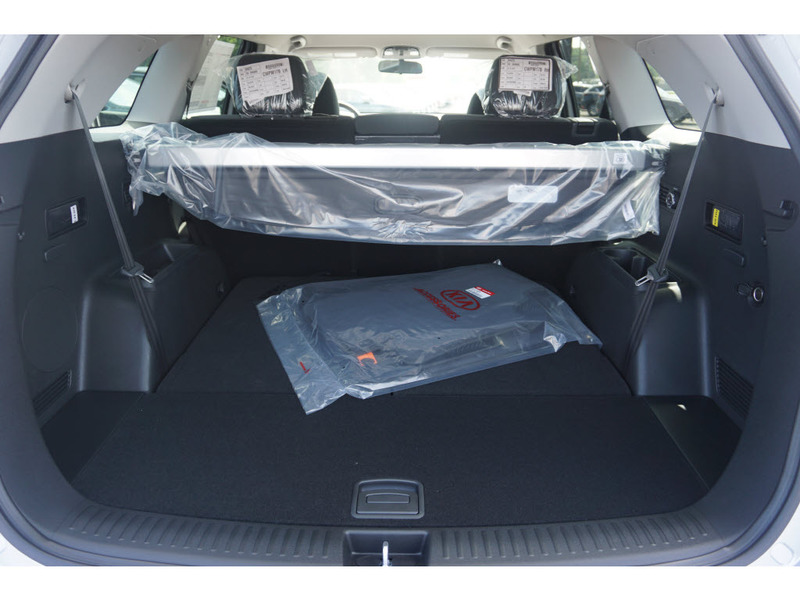Einstein On The Beach Philip Glass Rarlab

It was the opening night of Einstein on the Beach, the opera by Philip Glass and Robert Wilson, and after curtain down, at about 11 o clock, you could see in front of the Theatre du Chatelet in Paris, people who had the look of brightness of a hypnotic journey. They came out of the performance.
Despite its title, Einstein on the Beach is not a staged biography of the German physicist Albert Einstein, and none of its scenes is set on a beach. Moreover, despite its subtitle, it is neither an opera nor a play in any conventional sense. More accurately, it is a theater piece with music. Its text, a collaboration of Robert Wilson and Philip Glass with contributions by Christopher Knowles, Lucinda Childs, and Samuel M. Johnson, has little meaning without the music, composed by Glass, and without the spectacle, staged by Wilson, which accompany it.
The play is essentially plotless and leaves the creation of this crucial element to those who witness its performance, though it provides suggestive aural and visual guidelines which channel and focus audience perceptions. These perceptions arise through a series of musical, verbal, and visual effects which last the four-hour and forty-minute length of the work. They change almost imperceptibly, the stage ensemble often repeating a single word, phrase, or even syllable for as long as twenty minutes to the accompaniment of a matching figure in the music, but there is always change—even when there seems not to be. At various unexpected points, eye and ear simultaneously perceive marked changes, and it is at these times that radical shifts occur, both within the music and on the stage. Because Einstein on the Beach portrays a series of these shifts, and because it does so reductively, through increasingly simple yet ever more suggestive musical and verbal devices, one may consider it an example of serial minimalism, a contemporary technique of composition which has received equal amounts of favorable and unfavorable criticism.
Wilson and Glass have steadfastly resisted the writing of any interpretative program or scenario for their work, believing that the audience must derive individual yet complementary experiences from what it witnesses. A summary of the stage action conveys little of the dynamism which infuses the work and nothing of the spectacle essential for the experience its creators intend. One who wishes to comprehend Einstein on the Beach must experience its text, music, and spectacle simultaneously; its effectiveness is diminished if any of these elements is lacking.
Outlined, Einstein on the Beach contains five “Knee Plays” (metaphorically suggesting bends, turns, and transitions), which precede and follow each of its four acts. The four acts separately introduce three dominant visual elements—a locomotive, a courtroom, and a spaceship—then prismatically combine elements of each with the next dominant element. Both chorus and orchestra complement this visual fragmentation by segmenting and recombining matching textual and musical motifs.
The first Knee Play is in progress as the audience enters the auditorium. Two women sit at tables; their fingers play across the tabletops as one recites numbers at random while the other converses with some invisible companion. Imperceptibly, almost inaudibly, keyboards play a three-note descending figure which begins the music. These two elements proceed for approximately fifteen minutes and are only slightly altered by the sixteen-member Chorus, each member of which appears individually in the orchestra pit, taking a full two minutes to reach his or her assigned place. The Knee Play ends in a blackout when the last member of the Chorus is in position; the entire segment lasts thirty minutes.
After installation, he changed the user code to the code I wanted.I have been using the keyfobs to arm/disarm the system and never used the user code since the installation. I have tried all possible combination without luck.I might be able to get the installer code from the guy who installed this. Recently, I wanted to add a new keyfob and you require the user code to do this. The problem is I can't remember the code. Resetting powermax installer code for adt system.
Without pause, the lights come up on a boy standing on a tower. He holds a translucent tube in his outstretched hand. Spotlights converge on the tube and reflect prismatically from it. As the scene proceeds, the boy sails paper airplanes to the stage below. A single female dancer appears, wearing tennis shoes and holding a tobacco pipe in her left hand. As she dances, lights slowly come up on the Chorus, the members all holding pipes and dressed in tennis shoes, white shirts, and baggy slacks with suspenders. They recall photographs of Einstein,..
PHILIP GLASSMusic in Twelve Parts
Virgin Records
CD 1:
1. Part 1
2. Part 2
3. Part 3
4. Part 4
CD 2:
1. Part 5
2. Part 6
3. Part 7
4. Part 8
CD 3:
1. Part 9
2. Part 10
3. Part 11
4. Part 12
THE PHILIP GLASS ENSEMBLE
Parts 1-6, recorded May 1975:
:format(jpeg):mode_rgb():quality(90)/discogs-images/R-1195735-1559006189-6993.jpeg.jpg) Philip Glass, keyboards
Philip Glass, keyboardsMichael Riesman, keyboards
Richard Landry, flute, soprano saxophone
Jon Gibson, flute, soprano saxophone
Richard Peck, alto & tenor saxophones
Joan LaBarbara, voice
Parts 7-10, recorded December 1987
Martin Goldray, keyboards
Michael Riesman, keyboards
Jack Kripl, flute, soprano saxophone
Jon Gibson, flute, soprano saxophone
Richard Peck, alto & tenor saxophones
Dora Ohrenstein, voice
- вторник 07 апреля
- 38
